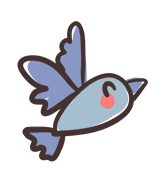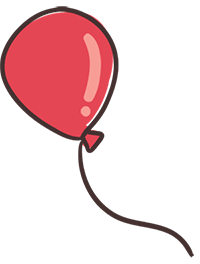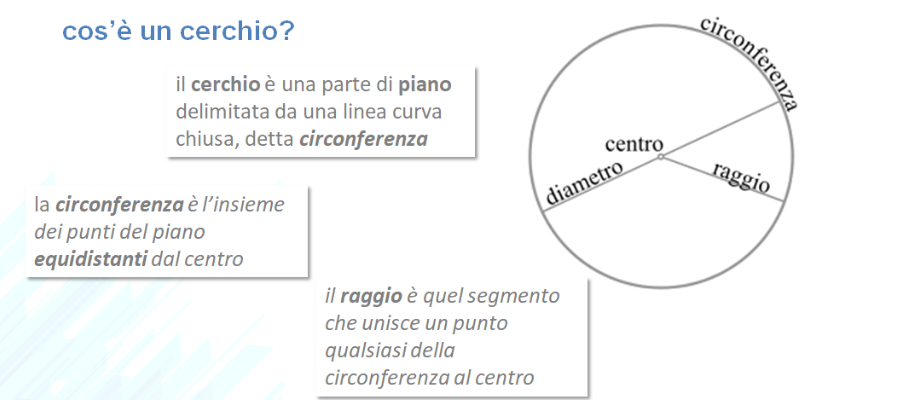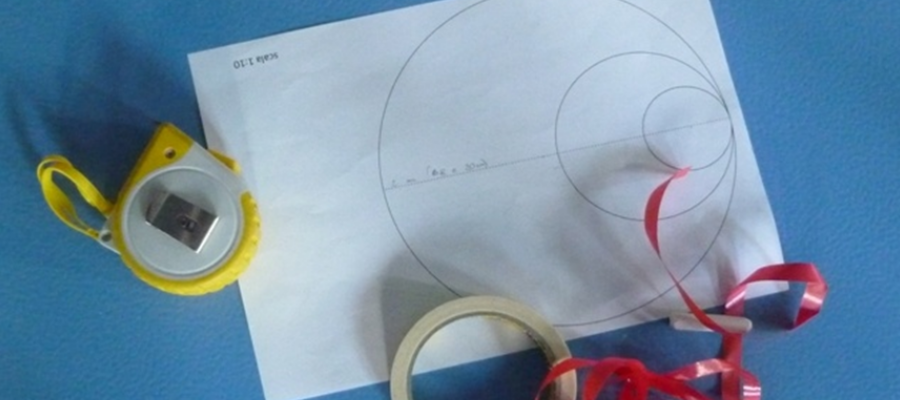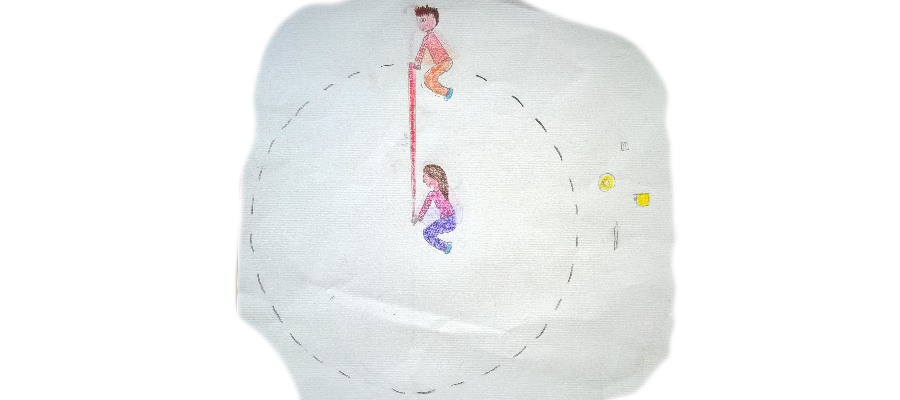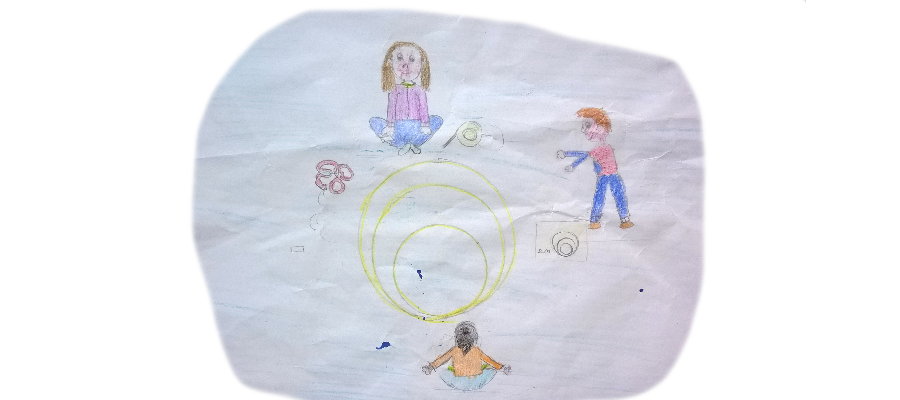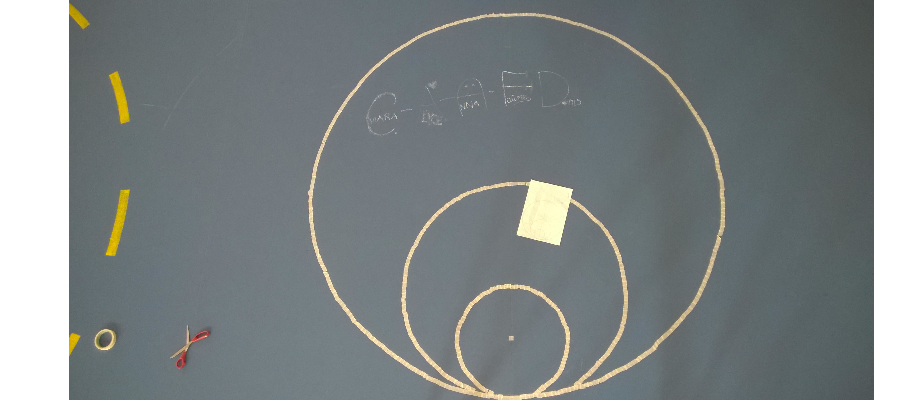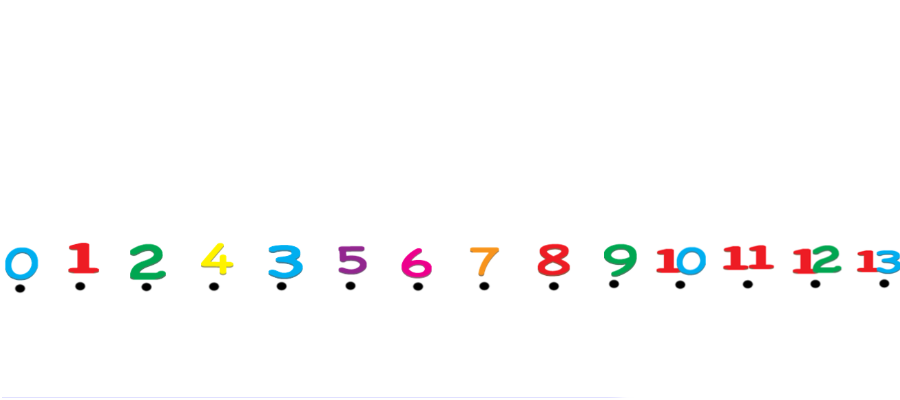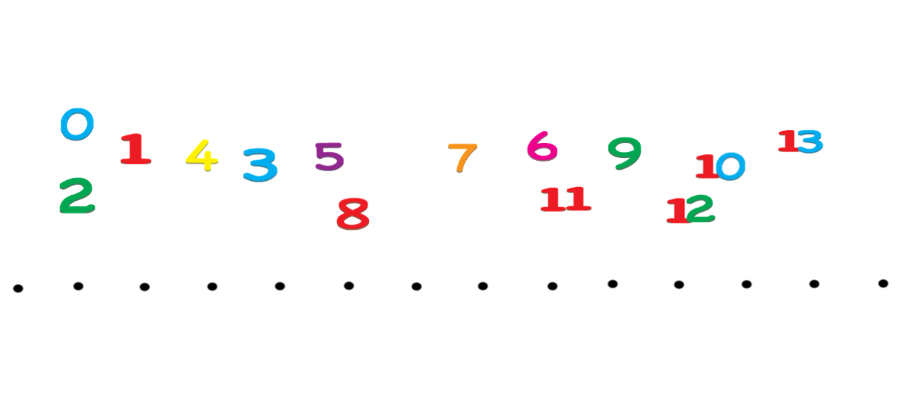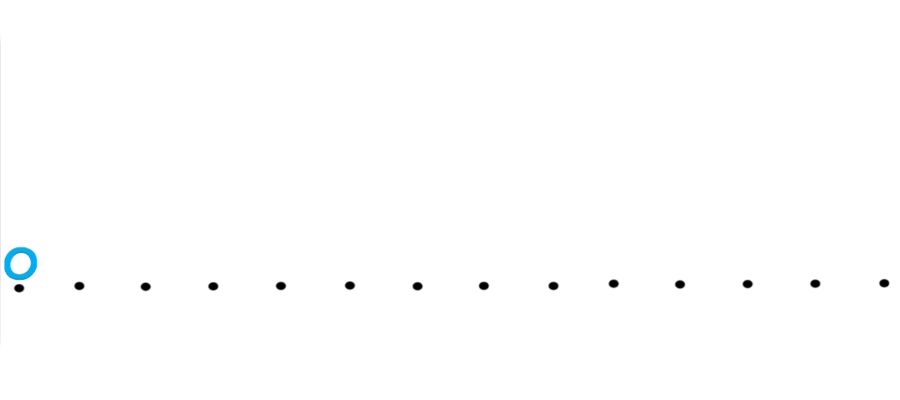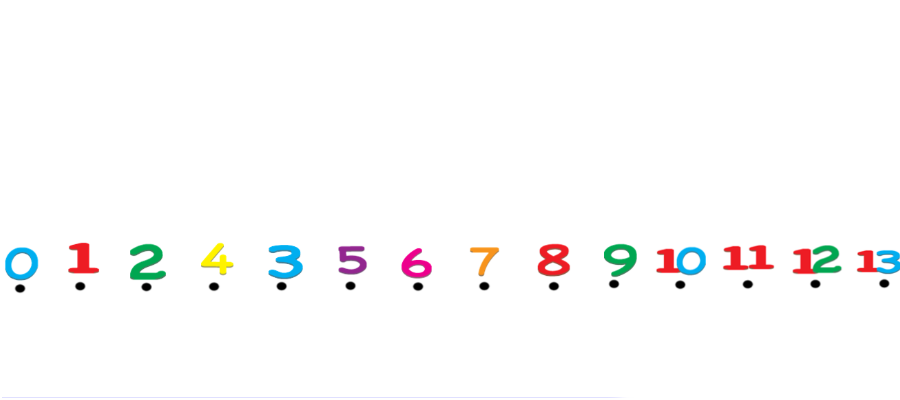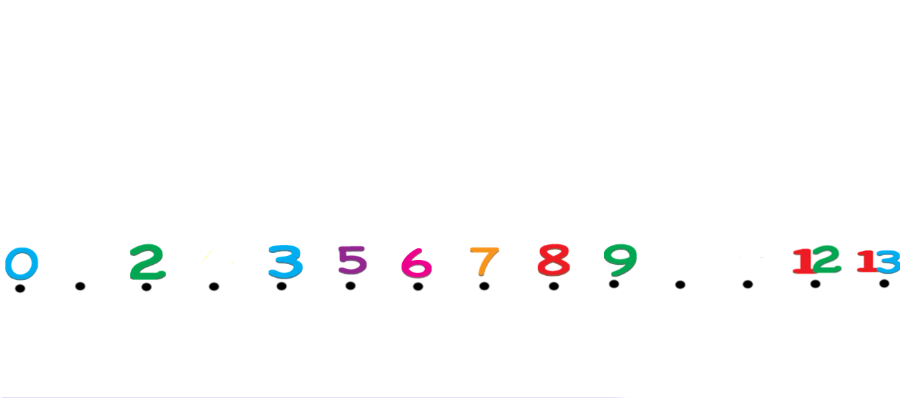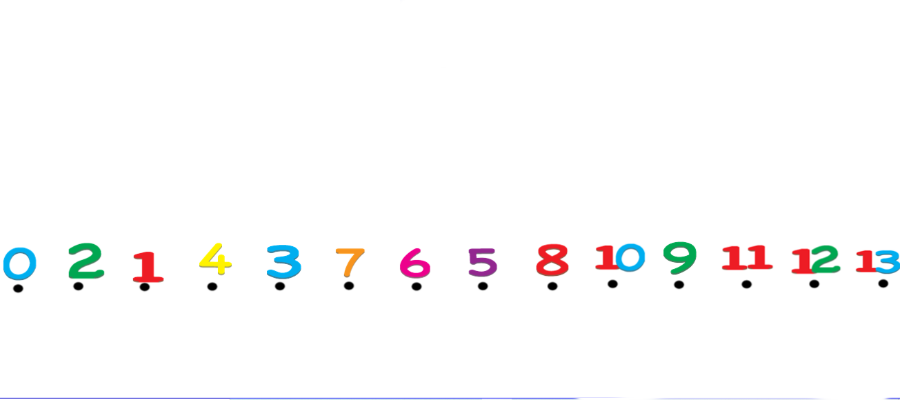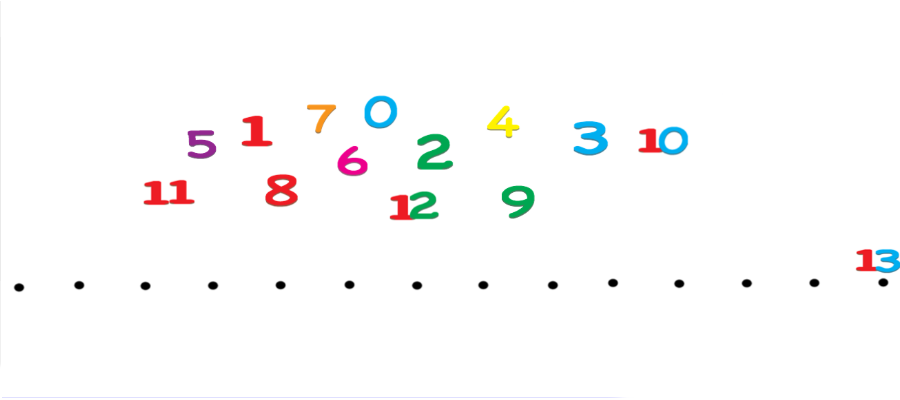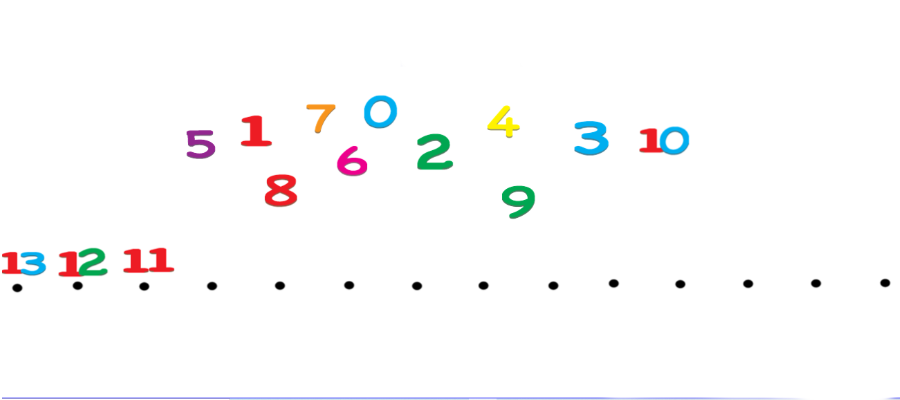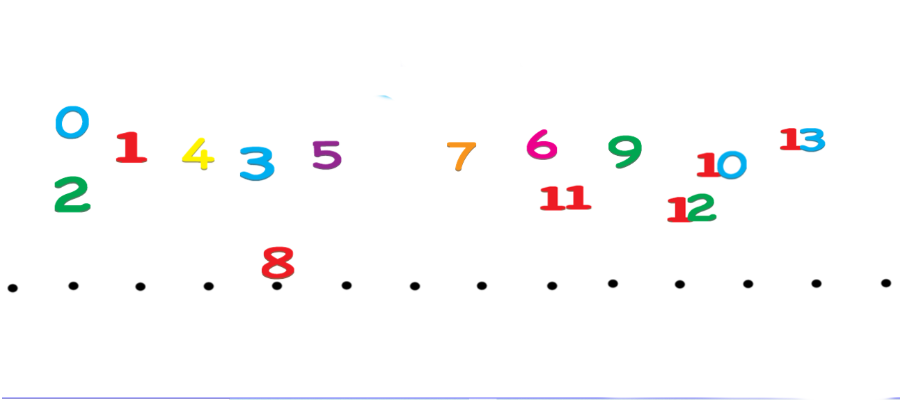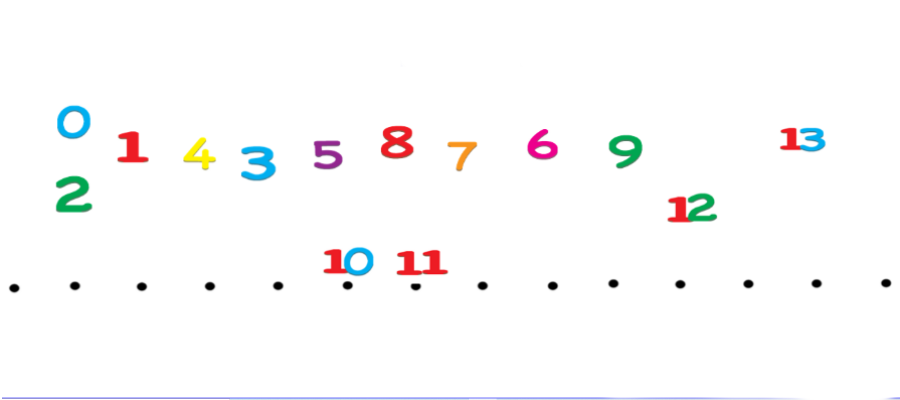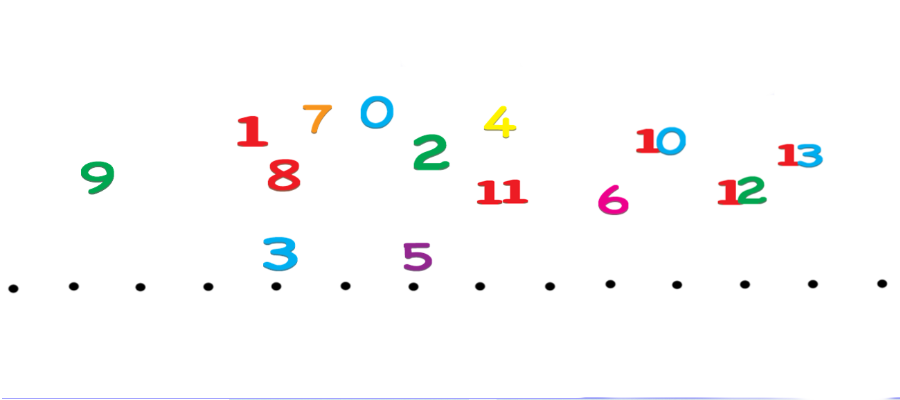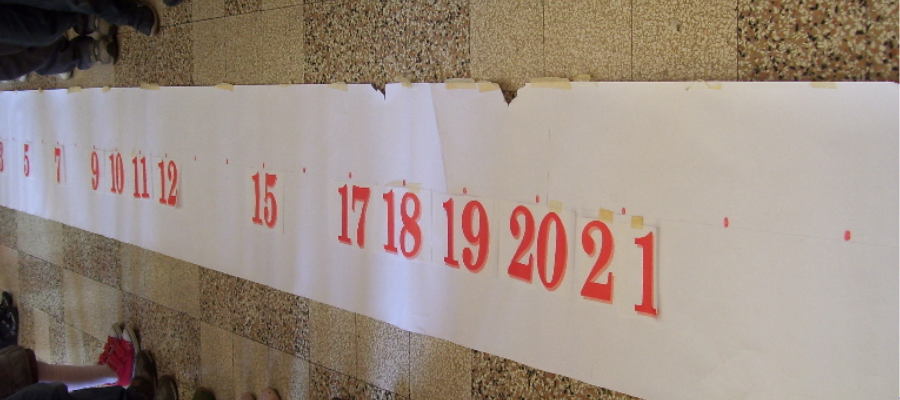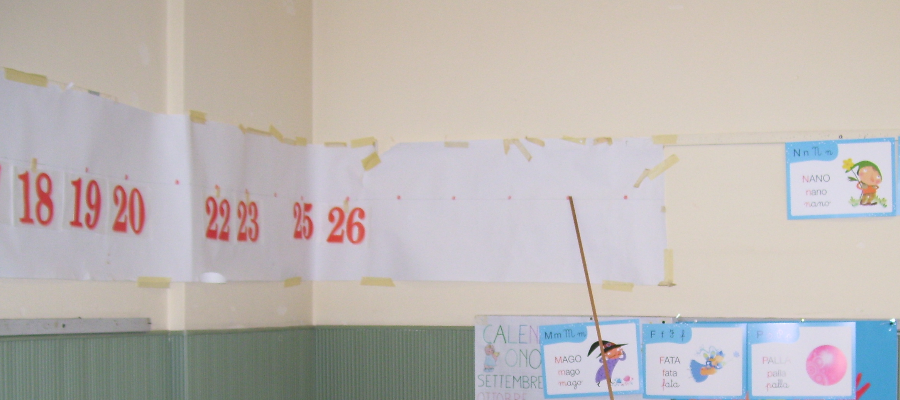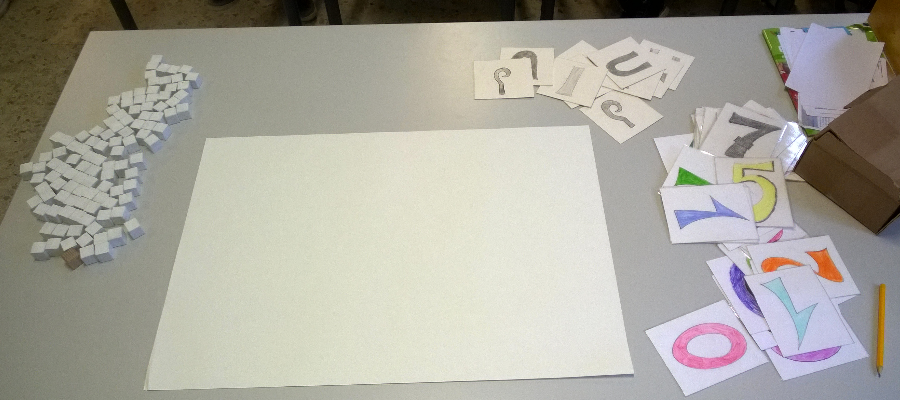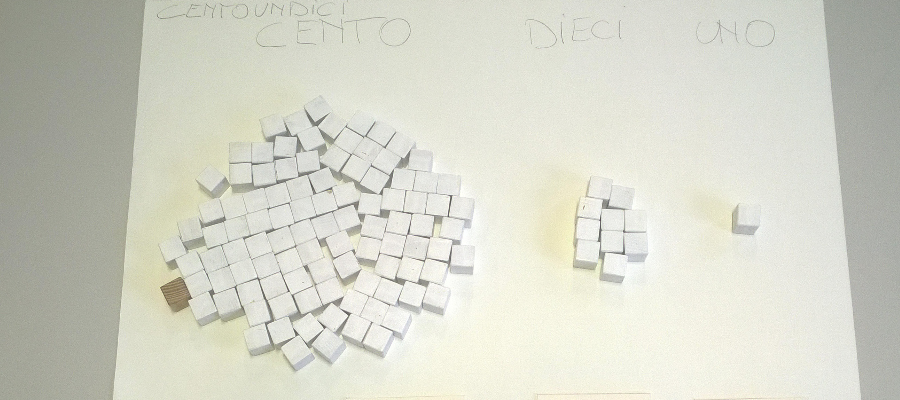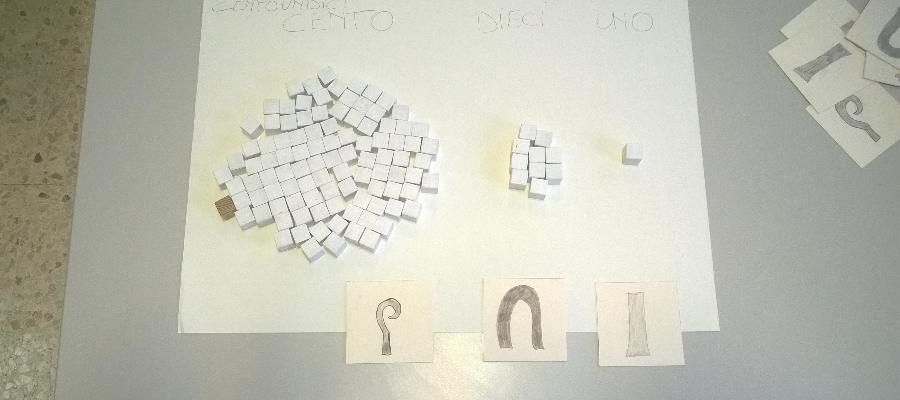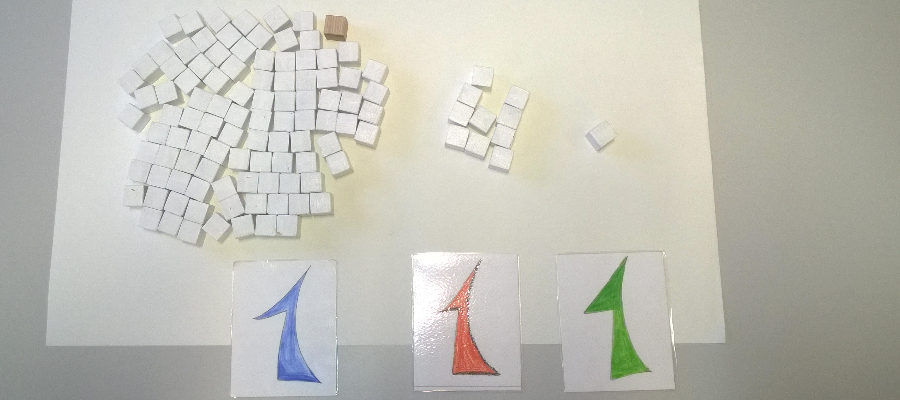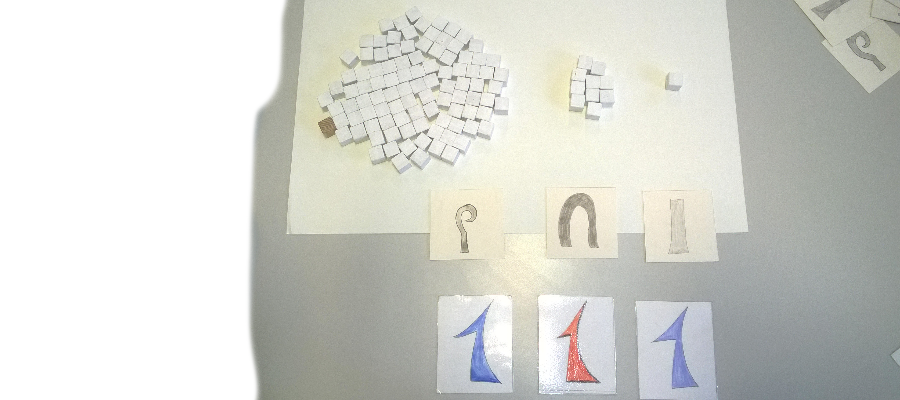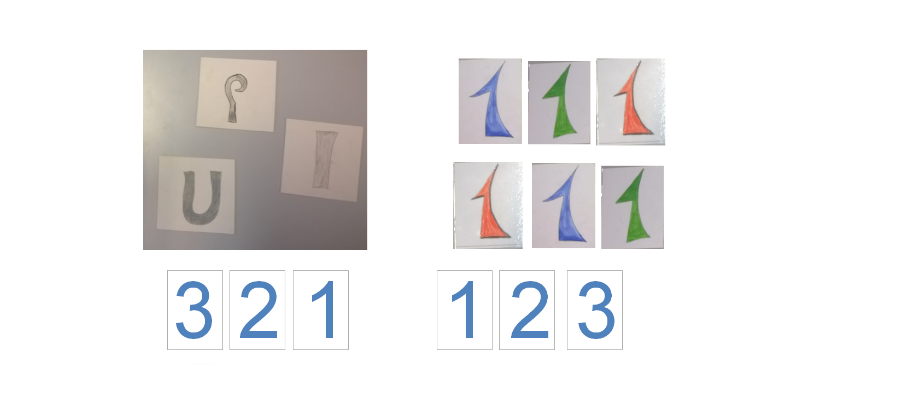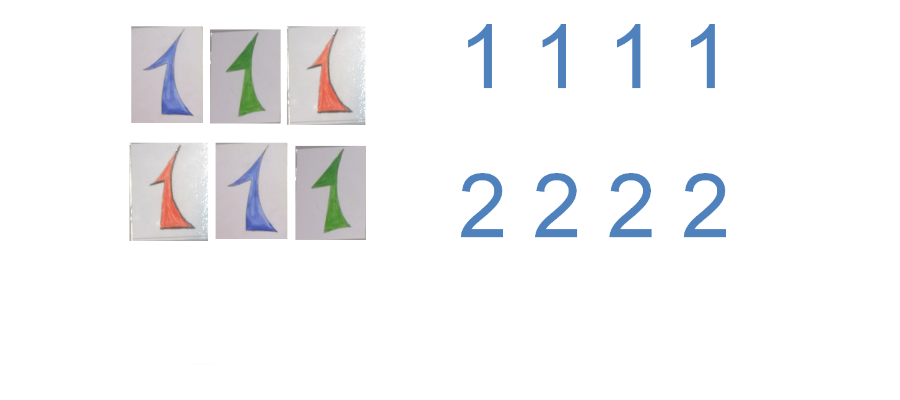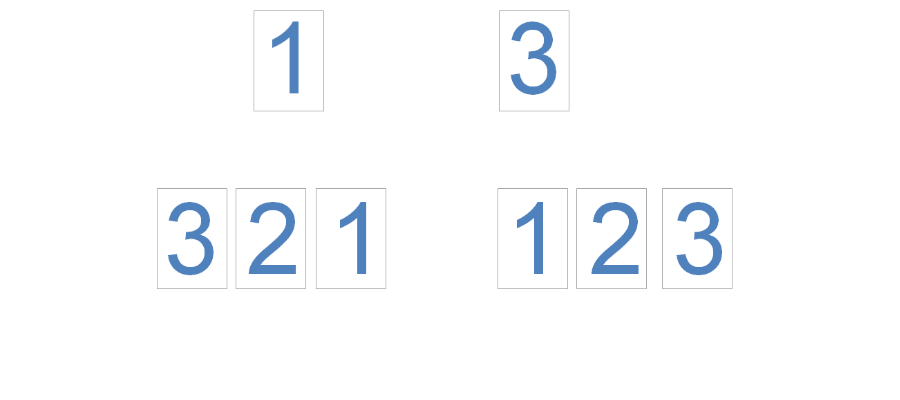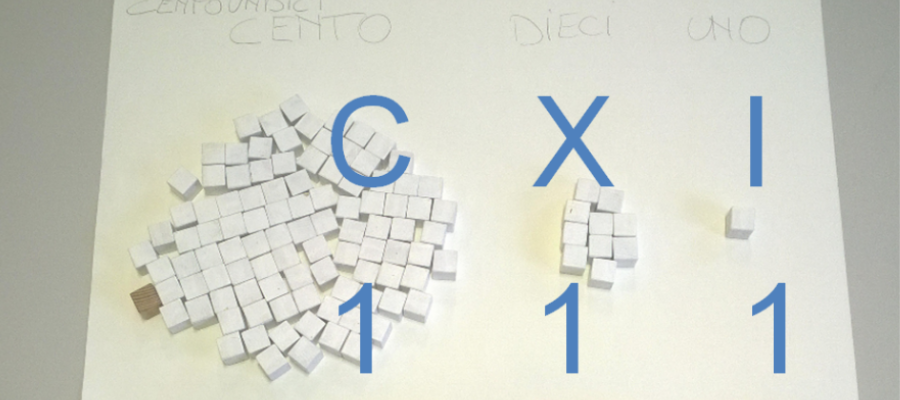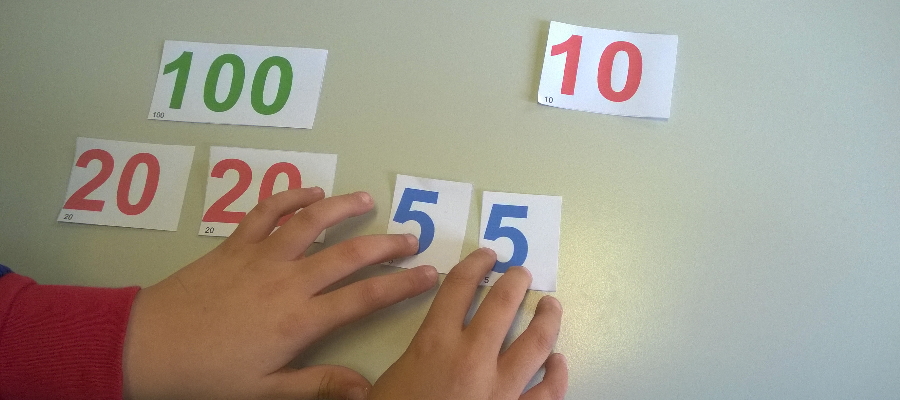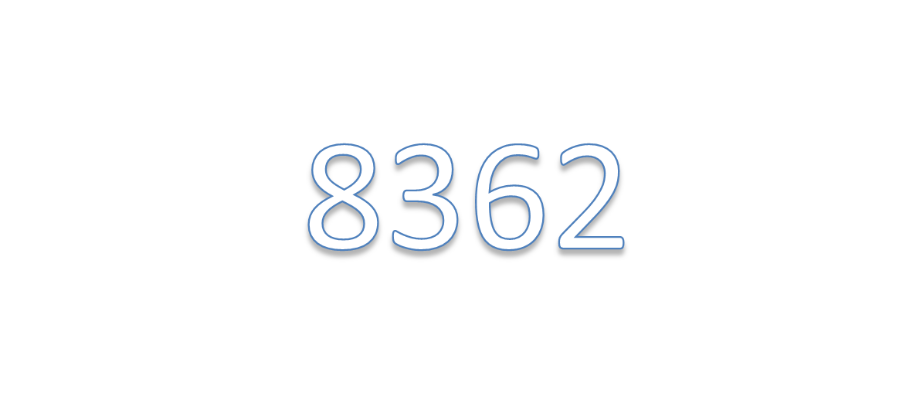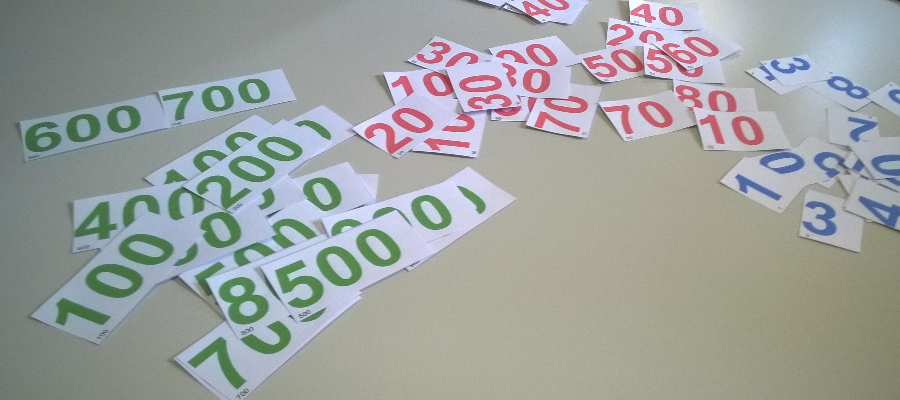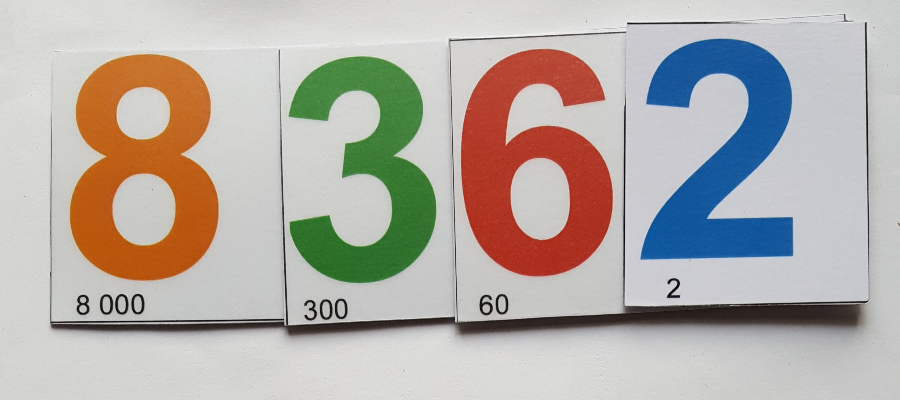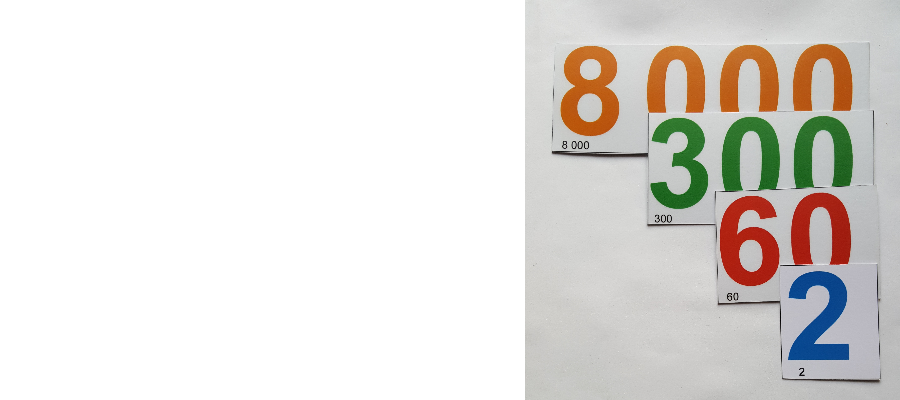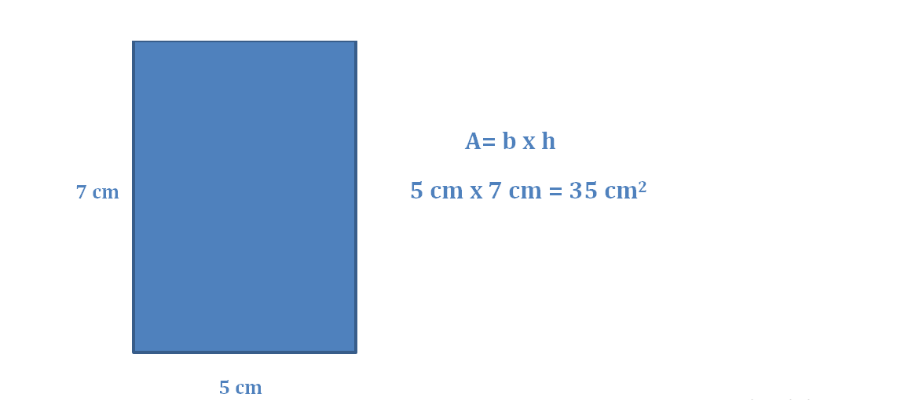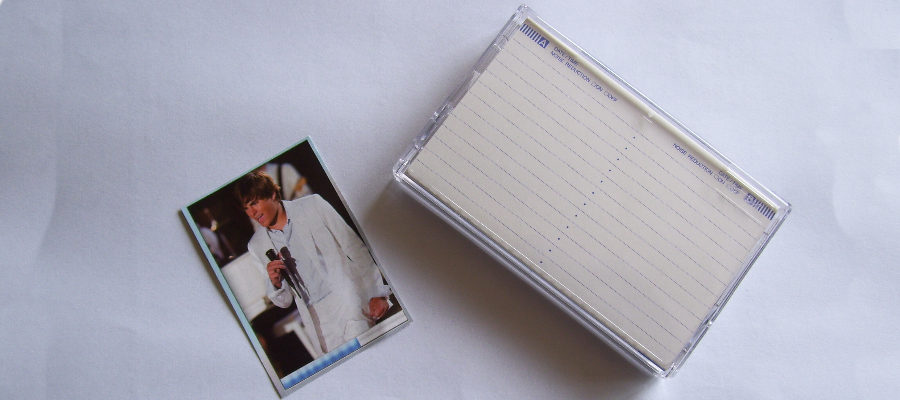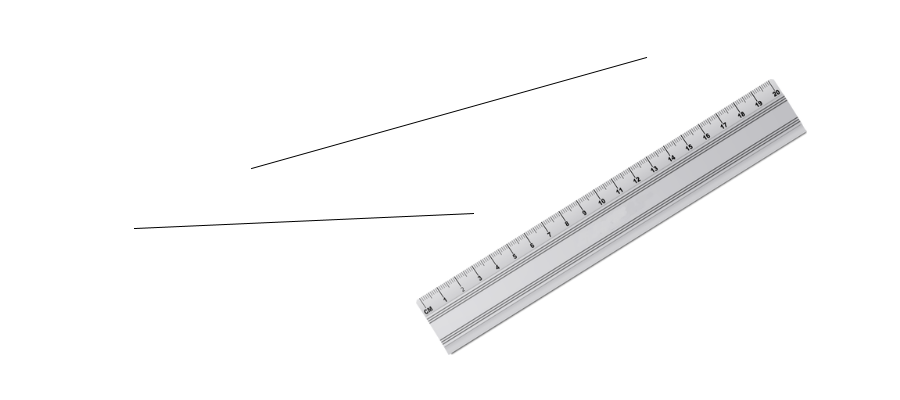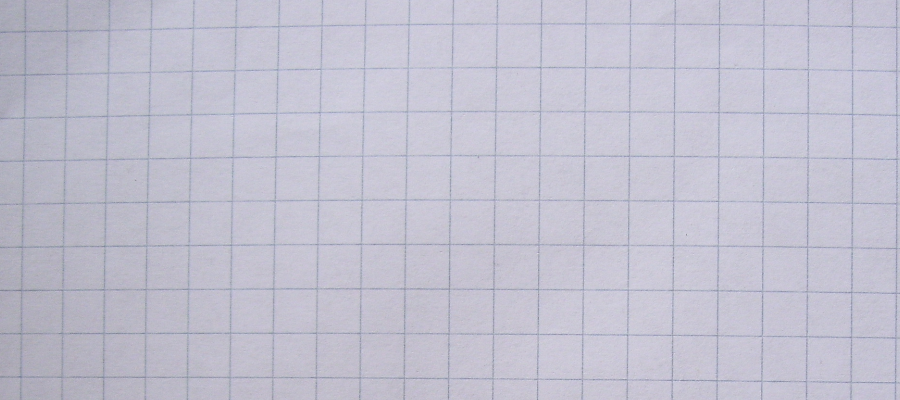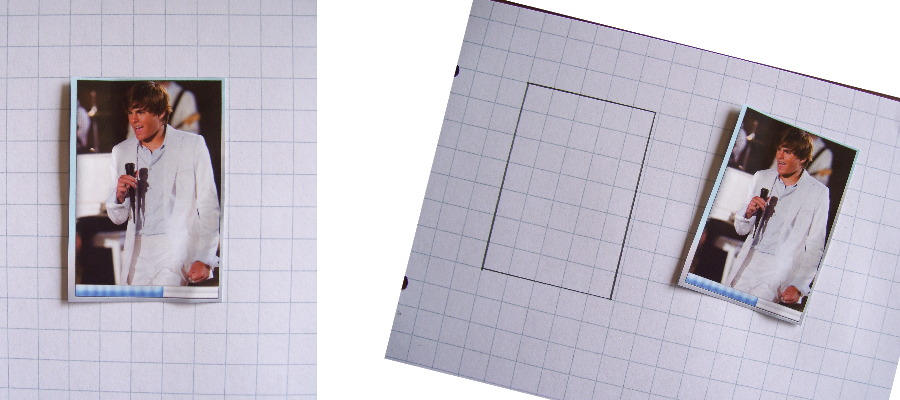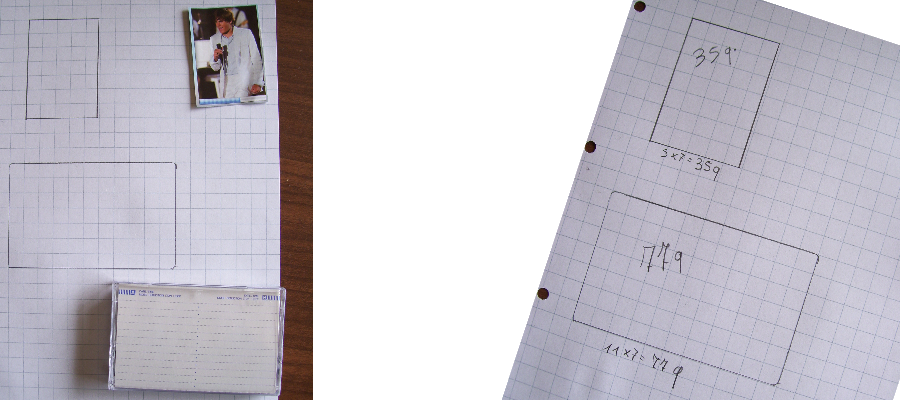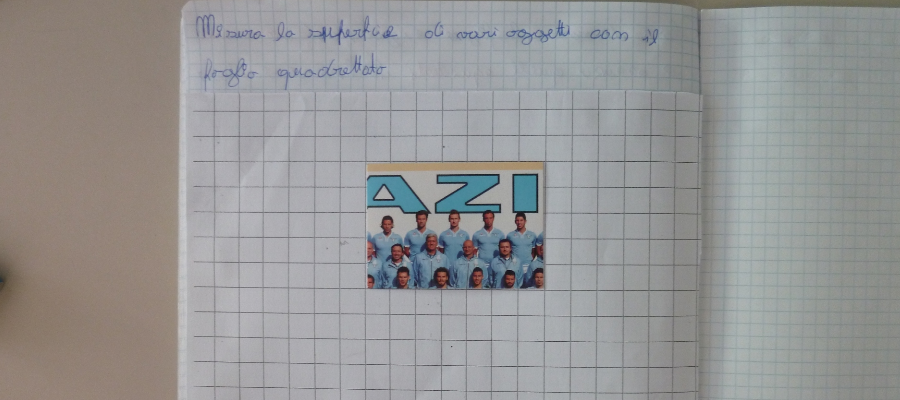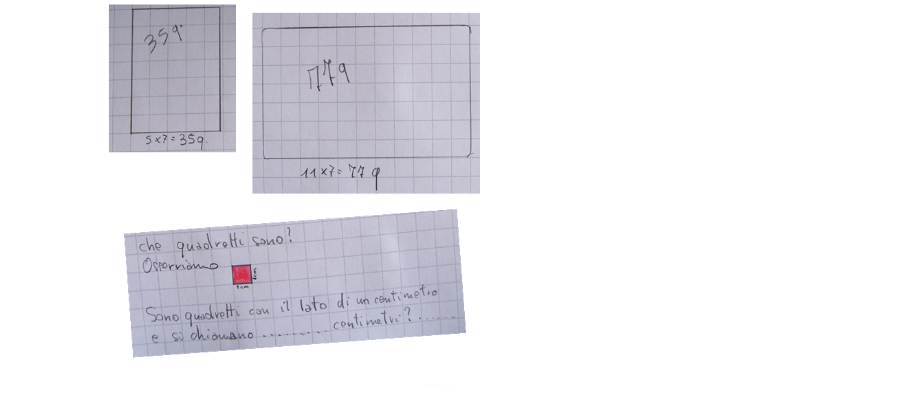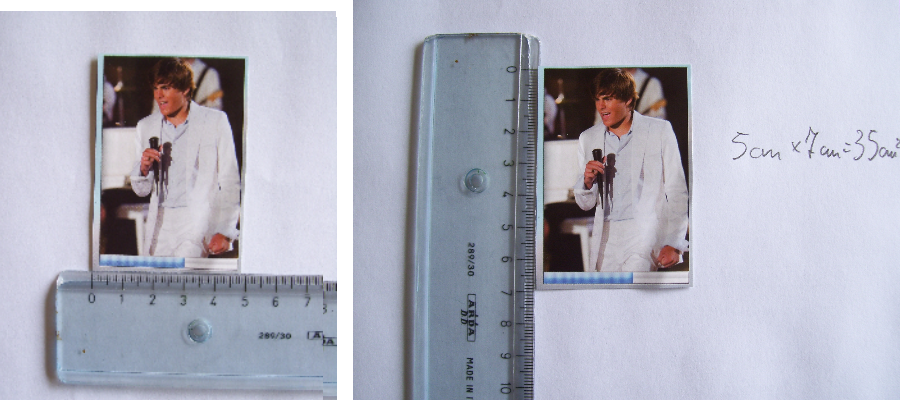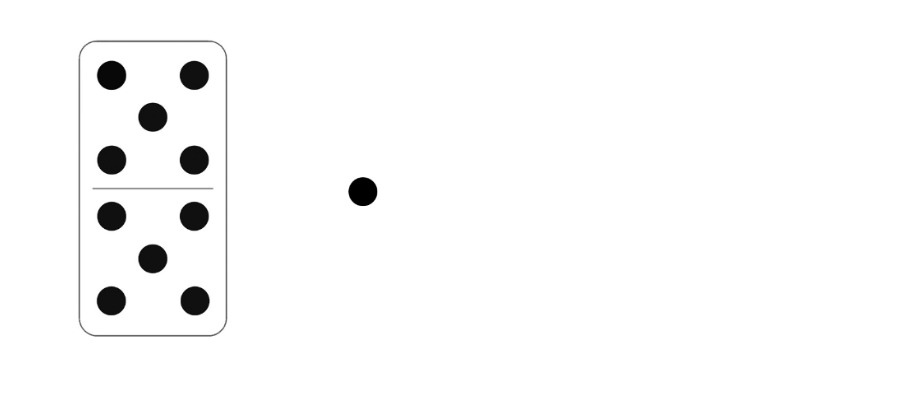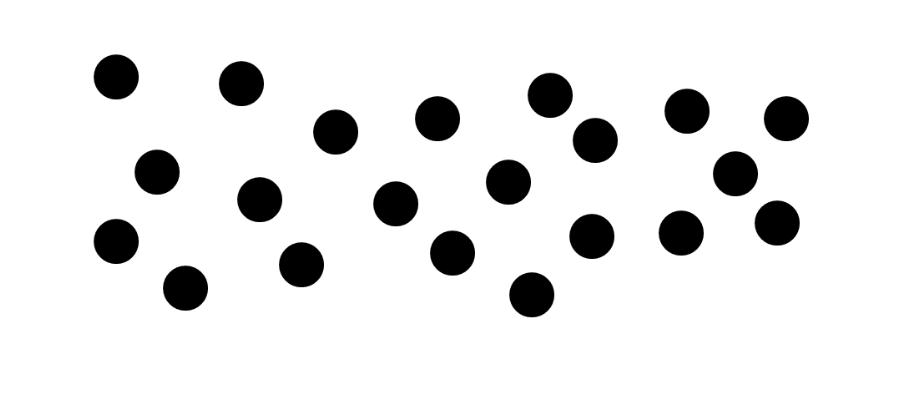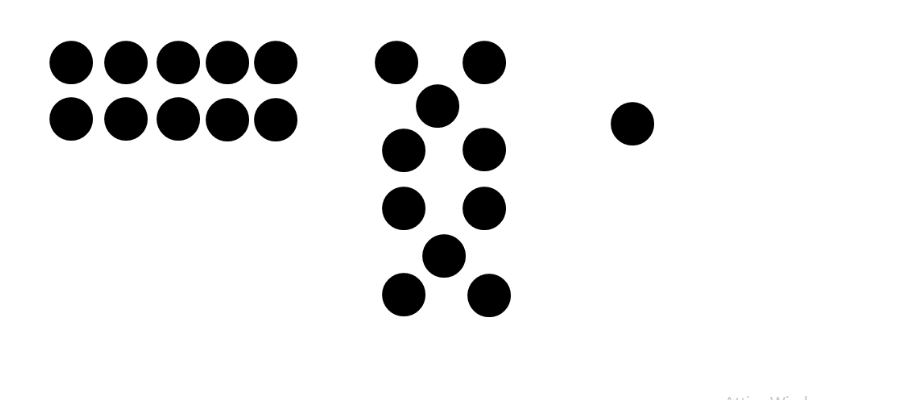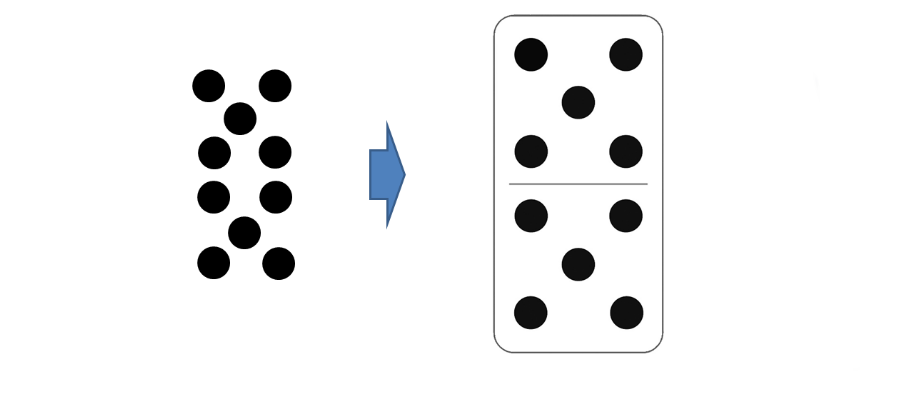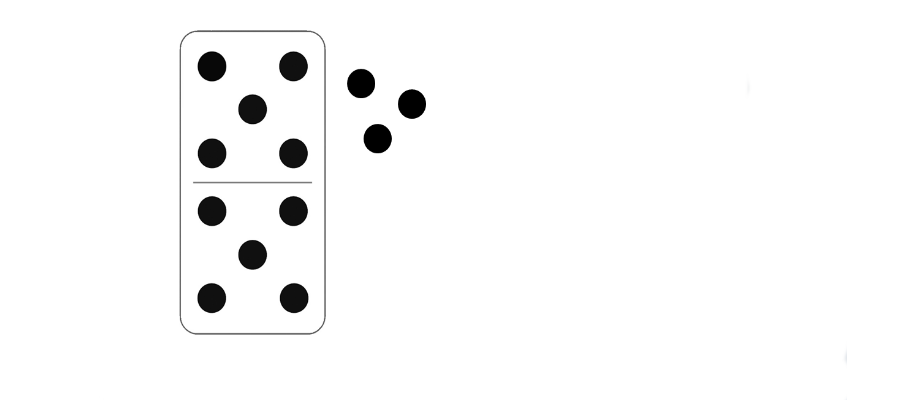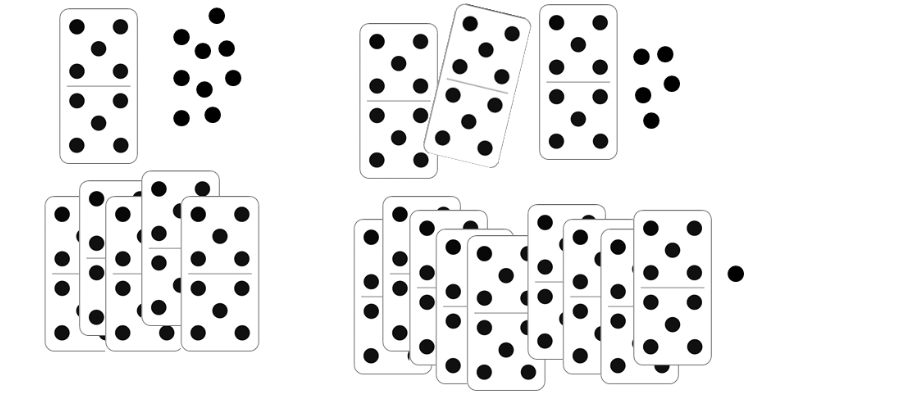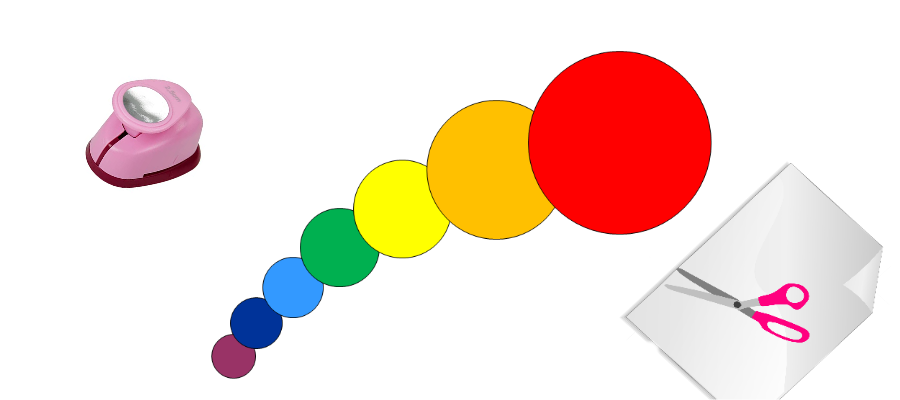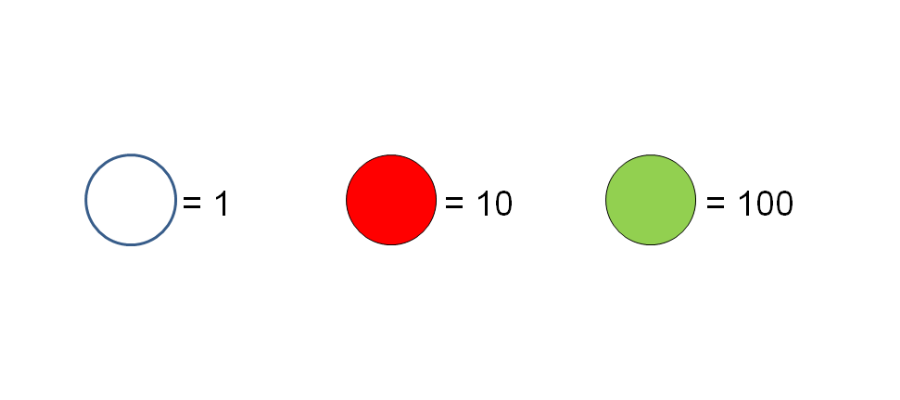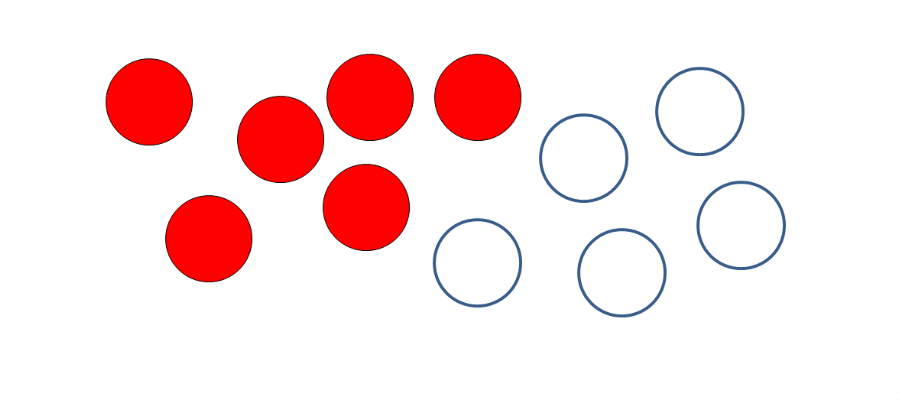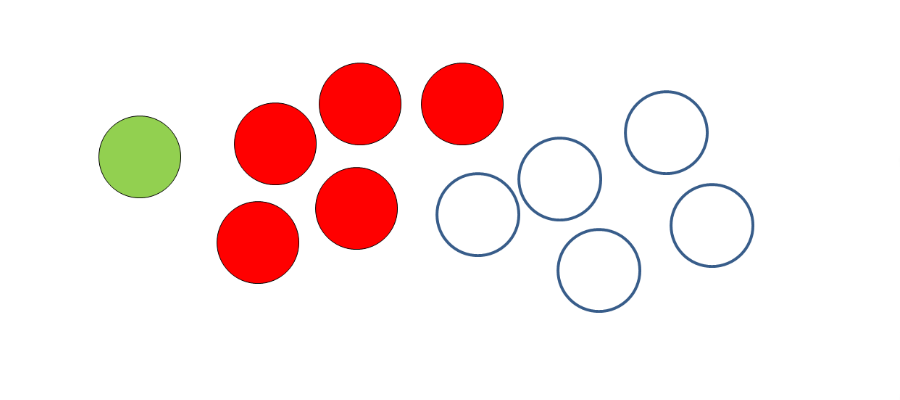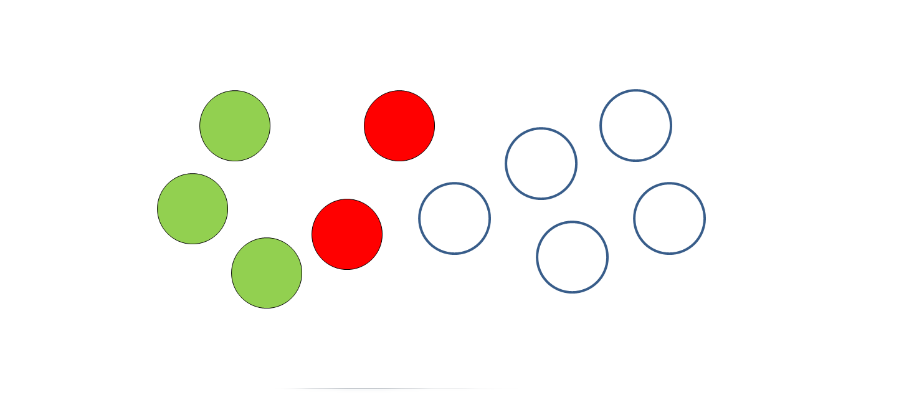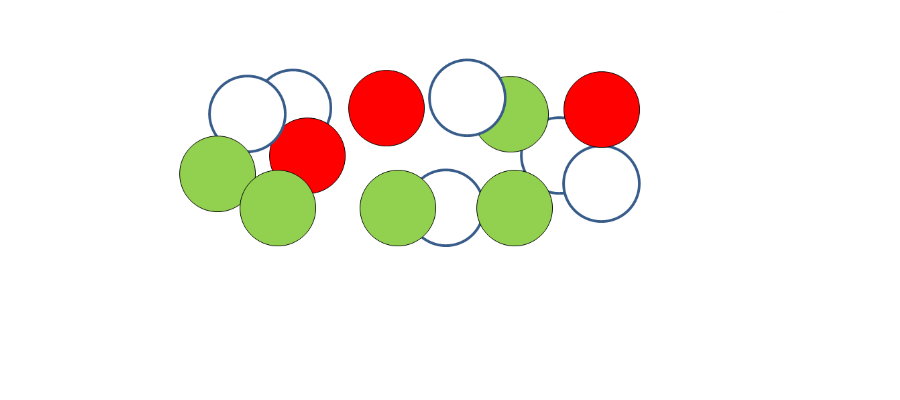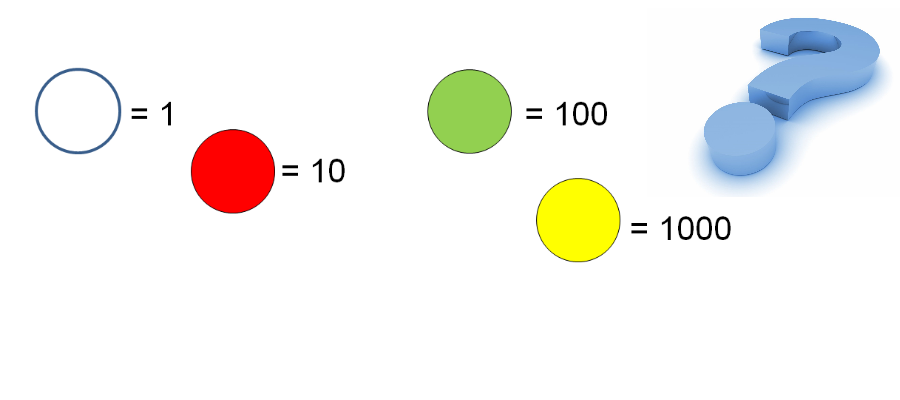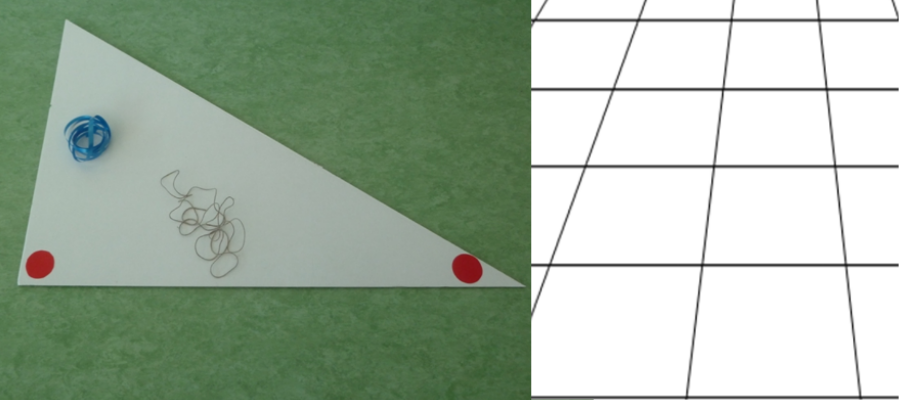Paths with high cognitive density
The courses with high cognitive density allow an intense cognitive experience, in a short time, very significant and highly effective.
They are very useful for understanding, developing, reviewing, reinforcing and recovering.
They use ideas and materials, both physical and software and are marked by a certain style of doing: they aim at discovery and stimulate productive rather than reproductive thinking skills. They are also fun and build a positive conception of mathematics.
They are applicable in any context:
in every class and with every child, both for those who have difficulties and for those who do not have any;
in multi-classes because they allow simultaneous differentiated activity;
in all those cases where the irregular presence or hiccup causes fragmentary learning such as in areas at high risk of early school leaving...
in all cases of educational emergency ...
geometry in the gym
Geometry can be learned in various ways, but the best way is always to experiment with it, for example by facing a real problem. So a floor like that of the gym is enough, where there are no tiles to make reference, and simple objects such as a wire, a plaster, a square, a meter... and with a little bit of imagination you can build a fantastic learning environment, where you can do geometry physically, and understanding the terms becomes interesting and fun.
numbers on line
The numbers can be put in line. We know it. But is it possible to build a line that makes you think, understand and have fun? The number line is a very used and very useful tool. If built, together with children, in a certain way, it allows you to understand how numbers work and to carry out many activities, more than simply going back and forth, which stimulate reflection, reasoning, understanding and are also very fun.positional value
Teaching and learning the positional value of digits is not easy. This requires time and various activities and a simple "explanation" is not enough. Many of these activities can be done using simple number cards. A very interesting thing that can be done is to compare an additive ancient numbering system with our numbering system which is decimal.
numbers breakdown
But how is a number made? Are we sure we can give an answer that is comprehensive for everyone to this question? The construction of the concept of number is a complex thing that is done by participating many activities (the verb in the transitive form is wanted = actively living an experience). We can all build a tool that allows us to create and disassemble numbers and to better understand how they work.
area concept
5 cm x 7 cm = 35 cm2 Behind this simple calculation, is there a real understanding of the concept of area and the calculation of the area of a plane figure? Or is it an automatism without understanding? Here you will find an answer as simple as effective on "how to build the concept of area calculation?"
units and tens
How concerned are we when returning a task well done, that there is understanding behind it and not just an acquired response mechanism, which shows its weakness if the question is asked in another context? The concept of ten and unity is a major challenge for teachers and children in the first year of school. It is not easy to teach everyone and it is not easy for everyone to learn this concept without leaving the mechanism mentioned above. But it can be done by participating in various activities. These objects suggest some very interesting ones.
units tens hundreds
We know it is not easy to cultivate and develop understanding of these concepts. We often engage in exercises that are meaningless to children. For this reason, a reasoned methodology is always useful in order to stimulate positive and non-repetitive thinking activities. Observe and imagine how many other activities you can do with these items.
movement of figures
Sometimes we don't realize that we have simple tools at our disposal that allow us to do very interesting activities. A tiled floor can be a checkered pattern where you can do, reflect, understand and even make sense of difficult terminology, such as vector, overturning, symmetry.Many others paths...
Materials and activities are presented as an example and stimulus. By combining your ideas and your creativity with the physical materials and software that you find on the site, you can easily create many other paths like these that will allow you to offer your children cognitively dense and highly effective experiences
